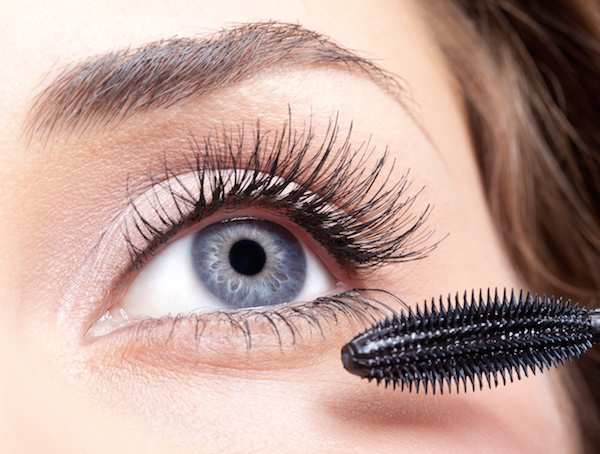
TUESDAY, Sept. 20 (HealthDay News) — Preliminary industry-funded research suggests that a gel based on the active ingredient of the injectable Botox wrinkle treatment could help reduce the lines around the eyes known as crow’s feet — without the pain of needles.
The effects of the gel, which uses botulinum toxin, last for about four months, comparable to that produced by Botox injections, the researchers said.
The new study is encouraging since it showed that the gel “noticeably softened crow’s feet,” said study author Dr. Michael Kane, a plastic surgeon at the Manhattan Eye, Ear and Throat Hospital in New York City. He has served as an investigator and consultant to Revance Therapeutics of Mountain View, Calif., the gel maker that has been trying to develop a Botox alternative for several years.
There are several caveats, he pointed out. It’s not clear how much the treatment would cost, whether it would work better than injected Botox or when it might be available.
The gel is “not commercialized, it’s not approved,” Kane said, noting the research is part of a phase II clinical trial. “No one is going to be running to the doctor and getting this until phase III studies are done and the FDA rules.”
Botox — produced, like the gel, from the botulinum toxin — weakens or paralyzes muscles or nerves. In targeted injections, cosmetic plastic surgeons use small doses of it to smoothe facial wrinkles.
Botox treatment can be painful and cost hundreds of dollars, however, and may result in “the appearance of a ‘frozen,’ insincere smile,” according to the study abstract. And Botox injections can cause bruising, said Dr. Seth Thaller, chief of the Division of Plastic, Aesthetic and Reconstructive Surgery at the University of Miami Miller School of Medicine.
A pain-free, less expensive wrinkle treatment would likely boost the field of non-invasive cosmetic surgery. Despite their drawbacks, injections of Botox and another wrinkle relaxer, Dysport, are the most popular minimally invasive cosmetic surgery procedures performed in the United States, according to the American Society for Aesthetic Plastic Surgery.
In part of the new study — the second of three phases of research required before a drug is approved by the U.S. Food and Drug Administration — 90 patients with moderate to severe wrinkles around the eye were randomly assigned to receive an application of a placebo gel or the botulinum toxin gel.
“The gel is applied to the crow’s feet area, and it sits there for half an hour and is then wiped off,” Thaller said.
Almost 90 percent of those who got the gel showed what researchers called a “clinically meaningful” reduction in wrinkles, compared to 28 percent of those who got the placebo.
In a second study involving 180 adults with crow’s feet, about 40 percent of those treated with the gel responded favorably, the researchers said.
Kane said adverse effects were not related to the study treatment, and included eye itching, flu-like illness and urinary tract infection.
The gel is a drug rather than a skin cream, the authors noted, so patients could only undergo in the procedure at a physician’s office.
Thaller said it may be difficult for a gel to reach the level of wrinkle-softening precision that injections provide. “With the needle, you can really pinpoint the muscles you’re injecting,” he said.
Still, he said, there’s a big advantage to a gel as compared to an injection: “No needle.”
The findings are scheduled to be released Saturday at the American Society of Plastic Surgeons annual conference in Denver. Research presented at meetings should be considered preliminary until published in a peer-reviewed medical journal.
More information
For more on Botox, visit the U.S. National Library of Medicine.

